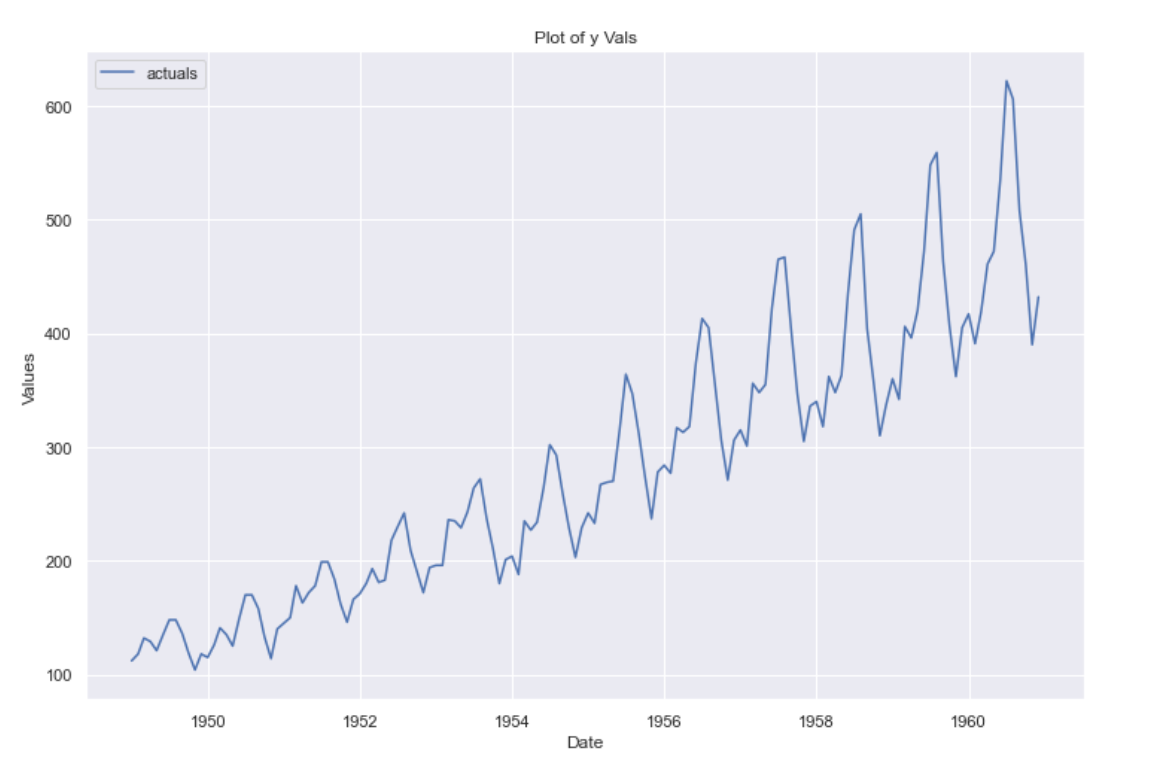When analyzing a Time Series, we often use Decomposition in Time Series to separate it into three main components:
- Trends in Time Series – long-term direction in the data
- Seasonality in Time Series – repeating patterns at fixed intervals
- Residuals Analysis – the unexplained variation after removing trend and seasonality
A common method for decomposition is STL Decomposition, which flexibly extracts trend and seasonal components.
Why Decompose?
- Helps identify stable trend and seasonal structures.
- Makes it easier to test whether the series is a Stationary Time Series (constant mean and variance).
- Prepares the data for forecasting models.
Handling Trend and Seasonality
To model effectively, you often need to make the data stationary:
- Remove trends
- Remove seasonality
This can be checked using:
- Plots of the series
- ACF Plots and PACF Plots
- Statistical tests (e.g., ADF test)
Practical Considerations
- Check stationarity before modeling Stationary Time Series.
- Split into components (trend, seasonality, residuals) where helpful.
- Avoid over-differencing — too much differencing removes useful information.
- Model choices:
- Classical approaches: SARIMA, Exponential Smoothing
- Decomposition + ML: Random Forest for Time Series, Gradient Boosting
Resource: Understanding Stationarity in Time Series
Image
